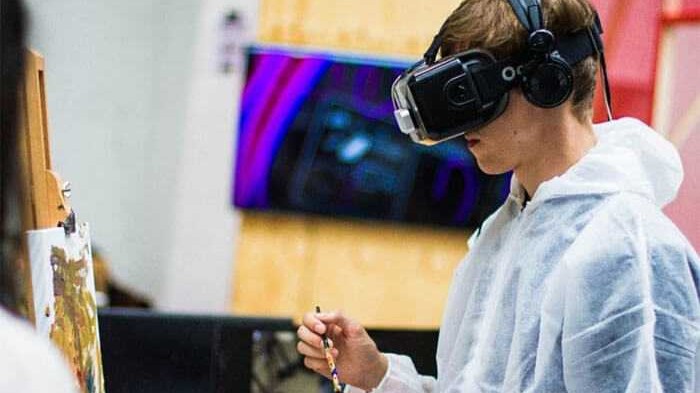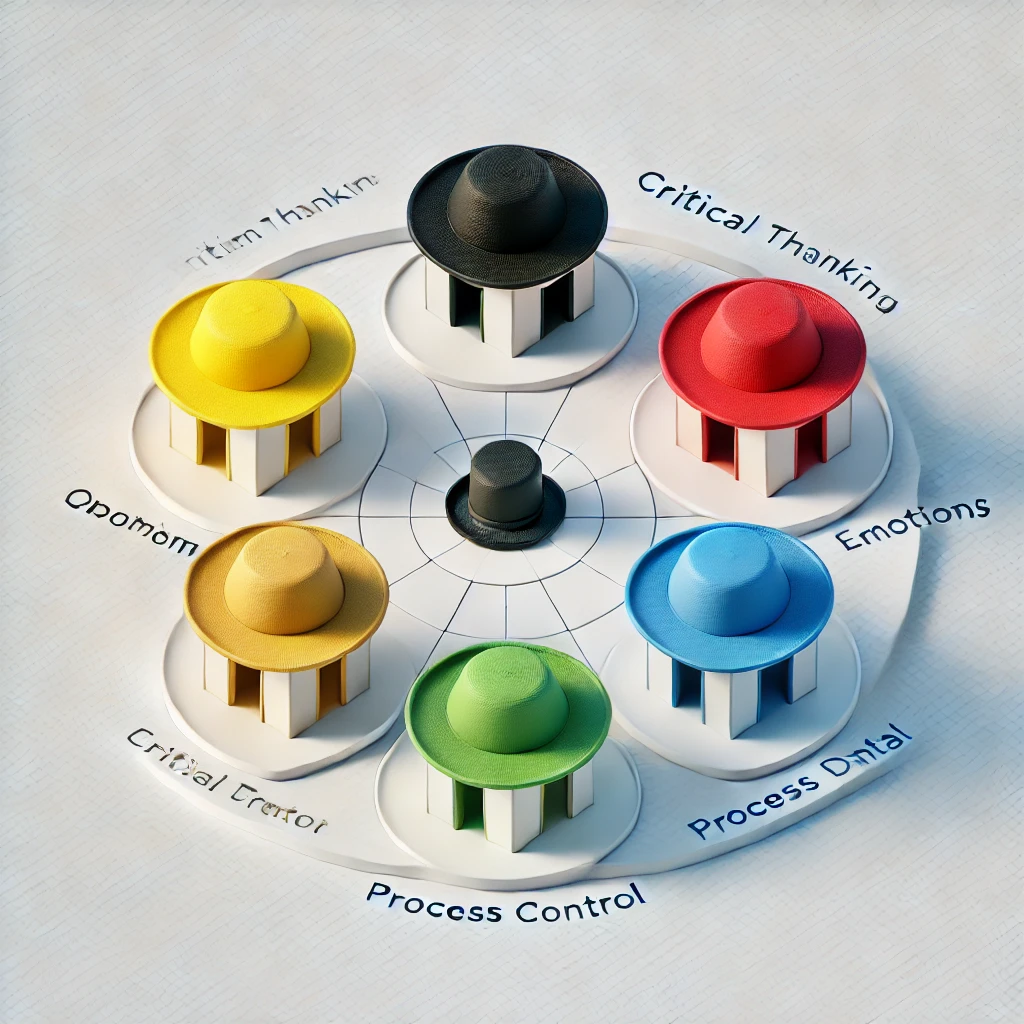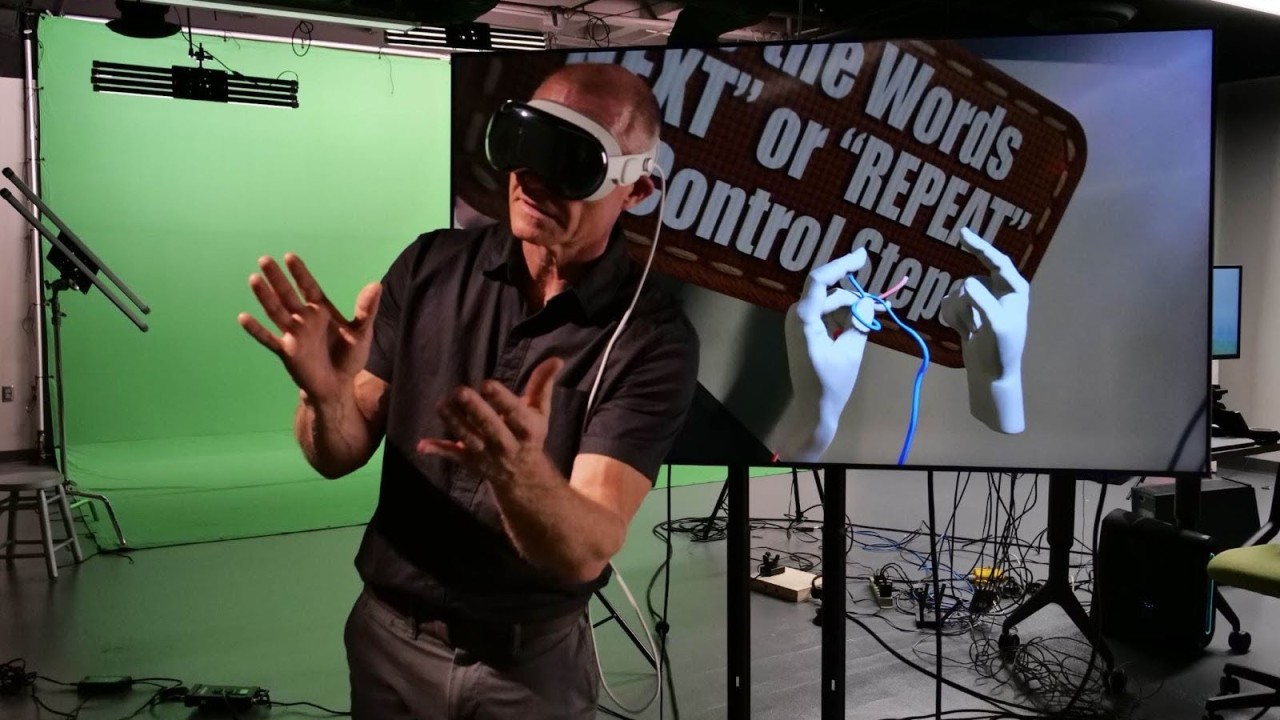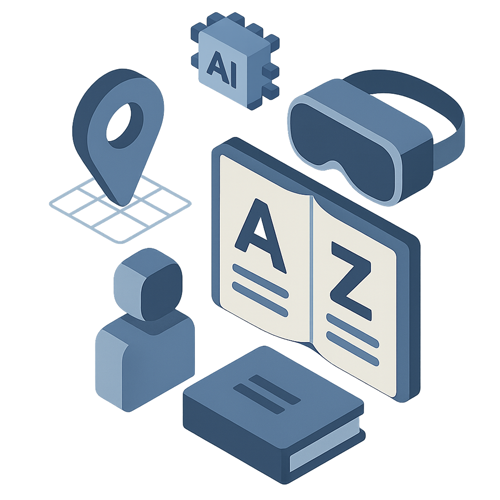Virtual reality (VR) is a groundbreaking technology that has evolved dramatically over the years, transitioning from a sci-fi fantasy to a tangible part of everyday life. From its early conceptual stages in the 1960s to its integration into industries across the globe today, VR is now seen as a catalyst for a range of advancements in various sectors. As companies invest in VR and the metaverse becomes a reality, we find ourselves standing on the edge of a new era—one where the limitations of distance, access, and physical boundaries are erased. VR is indeed paving the path to a new, interconnected digital world.
But what exactly is Virtual Reality, and how is it shaping the future? Let’s dive into this immersive technology and understand its significance.
What is Virtual Reality?
At its core, Virtual Reality (VR) is a technology that creates a simulated environment designed to mimic the real world or create entirely new, digital worlds. It uses specialized equipment, most commonly a headset, to transport users into these immersive environments. While VR primarily stimulates the senses of sight and sound, advancements in technology have introduced haptic feedback, allowing users to feel physical sensations, further enhancing the immersive experience.
The beauty of VR lies in its ability to trick the brain into perceiving these digital environments as real, giving users the freedom to interact with and explore virtual worlds in ways previously deemed impossible. With continued development, the potential applications of Virtual Reality are expanding rapidly, impacting industries far beyond entertainment. Virtual Reality is truly paving the path to new experiences and innovations.
VR in Marketing and Training
One of the primary ways Virtual Reality is paving the path to the future is by transforming industries such as marketing and training. Through VR, companies can offer highly interactive, experiential learning and promotional opportunities, creating more engaging and impactful experiences for their customers and employees.
For training purposes, VR allows businesses to create immersive simulations where employees can learn new skills and practice scenarios without the risk of real-world consequences. This application is especially useful in high-risk industries like aviation, healthcare, and manufacturing, where employees can train in virtual environments that replicate real-world challenges without jeopardizing safety.
In marketing, VR has opened up a new frontier. It offers companies the chance to showcase their products and services through immersive experiences that go far beyond traditional advertising. Imagine being able to walk through a digital store, interact with products, or explore a fully realized virtual environment—all from the comfort of your own home. This level of engagement helps customers make more informed purchasing decisions, as it provides them with an experience that is much closer to interacting with a product in person.
Moreover, Virtual Reality can revolutionize customer service by offering clients the ability to virtually engage with products or services in an environment that mirrors reality. Businesses can partner with VR studios, such as Fuse Animation, to develop unique, immersive marketing strategies and experiences that captivate and engage their audience in ways traditional media cannot. VR is paving the path to a new era of marketing and customer engagement.
Next-Level Entertainment with VR
Virtual Reality is also making waves in the entertainment industry. Gaming, in particular, has benefitted immensely from VR, offering players an experience that was once only imagined in science fiction. With VR headsets, users can now immerse themselves in games where they not only see the world around them but also interact with it. The technology brings an entirely new dimension to the concept of „interactive“ entertainment, with VR creating experiences that are rich, dynamic, and highly engaging.
In addition to gaming, VR is redefining how people experience other forms of entertainment. Virtual reality concerts, immersive art exhibitions, and interactive movies are becoming increasingly popular, allowing users to be part of the experience rather than just passive viewers. VR provides an opportunity for content creators to tell stories in ways that were previously impossible, pushing the boundaries of traditional filmmaking and narrative storytelling.
The ability to interact with virtual environments and characters in real-time opens up new possibilities for social interaction as well. Virtual reality allows users to connect with friends, family, and even strangers in shared virtual spaces, engaging in activities, playing games, or simply interacting in a more social and personal way than ever before. Virtual Reality is paving the path to a future where entertainment is interactive and immersive.
VR and the Metaverse: The Future is Now
The concept of the metaverse is intricately tied to Virtual Reality. As the metaverse—an interconnected digital universe where users can socialize, work, play, and even own virtual real estate—gains momentum, VR will be at the forefront of this transition. Companies like Meta (formerly Facebook) are already developing VR platforms to support the metaverse, envisioning a world where physical and digital lives coexist seamlessly.
With the support of VR, the metaverse will provide users with an entirely new form of digital interaction. It will enable people to communicate, work, and experience entertainment in virtual spaces that feel real. The potential of VR in this context is vast: people could attend virtual meetings, participate in live events, or visit virtual stores—all in real-time, no matter where they are physically located.
This digital future, powered by VR, will break down the traditional barriers of time and space, enabling individuals to experience everything the virtual world has to offer without limitations. Whether it’s collaborating with teams across the globe or engaging in virtual tourism, VR technology will facilitate a new era of interconnectedness, driving innovation and convenience for everyone. Virtual Reality is paving the path to a fully integrated digital future.
Conclusion:
Virtual Reality is no longer a futuristic concept; it is becoming an integral part of our daily lives, with applications spanning multiple industries. From marketing and training to entertainment and the metaverse, VR is unlocking a world of opportunities that were once only imagined. As technology continues to evolve, the potential for VR to transform our lives is boundless.
Businesses that embrace VR today will gain a competitive edge, leveraging this powerful tool to enhance customer engagement, improve training outcomes, and create innovative new experiences. The door to the future is wide open, and Virtual Reality is the key that will unlock it.
As VR technology becomes more affordable and accessible, it will continue to pave the way toward a future where the possibilities are endless, and our digital and physical worlds blend seamlessly. The path to the future is clear: Virtual Reality is here, and it’s shaping the world in ways we never thought possible, paving the path to a more interconnected and immersive future.
Quelle:
https://www.linkedin.com/pulse/how-virtual-reality-paving-path-future-technology-tycoonstoryco-b5jbe






